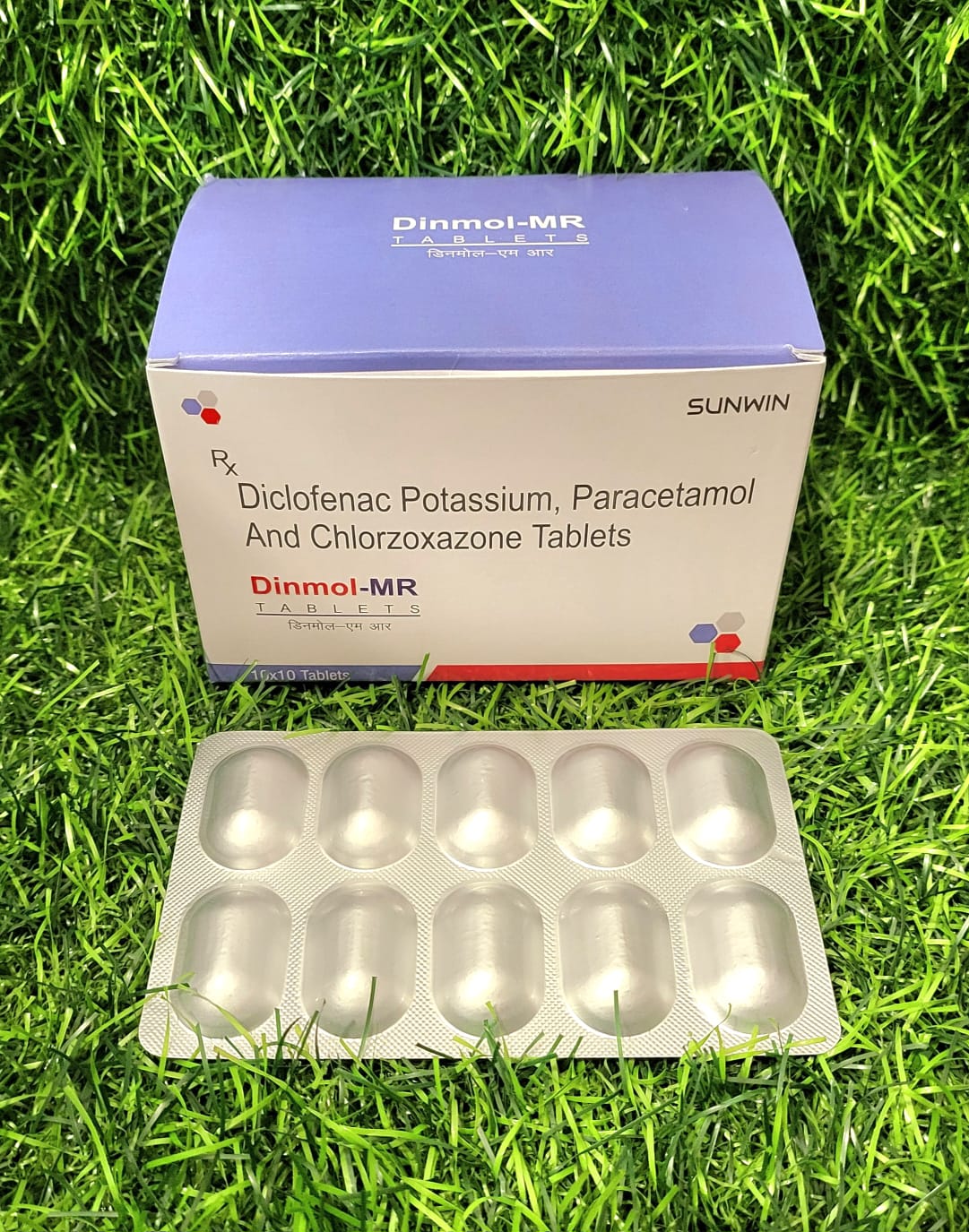Composition:-
Terlipressin 1mg
Uses:-
Terlipressin 1mg is a medication primarily used to manage conditions related to liver cirrhosis and variceal bleeding. Here are its main uses:
- Variceal Bleeding: Terlipressin is most commonly used to treat bleeding esophageal varices, which are enlarged veins in the esophagus that can rupture and cause severe bleeding in patients with liver cirrhosis. Terlipressin helps constrict blood vessels, reducing blood flow to the varices and stopping the bleeding.
- Hepatorenal Syndrome: It is also used to treat hepatorenal syndrome, a condition in which kidney function rapidly deteriorates in individuals with severe liver disease. Terlipressin improves blood flow to the kidneys, thereby enhancing kidney function.
- Shock Management: Terlipressin can be used in certain types of shock (such as septic shock) to help maintain blood pressure by constricting blood vessels and increasing vascular resistance.
Side Effects:-
Terlipressin can cause side effects, though not everyone will experience them. Common side effects include:
- Abdominal Pain: Some patients may experience stomach pain or cramping.
- Hypertension: Increased blood pressure is a possible side effect due to its vasoconstrictive properties.
- Diarrhea: Gastrointestinal disturbances, including diarrhea, can occur.
- Headache: Headaches may develop as a result of blood vessel constriction.
- Bradycardia: A slower heart rate can be a side effect in some patients.
- Peripheral Ischemia: Reduced blood flow to the extremities can cause symptoms like cold hands and feet, numbness, or tingling.
Indication:-
Terlipressin 1mg is indicated for the treatment of bleeding esophageal varices in patients with liver cirrhosis. This medication is crucial in emergency settings to control variceal bleeding, which can be life-threatening. It is also indicated for the management of hepatorenal syndrome in patients with advanced liver disease, aiming to improve kidney function and patient outcomes.Terlipressin is usually administered intravenously in a hospital setting under the supervision of healthcare professionals. The dosage and duration of treatment depend on the specific condition being treated and the patient’s response to the medication. Continuous monitoring is essential to manage any adverse effects and to adjust the treatment as necessary.

